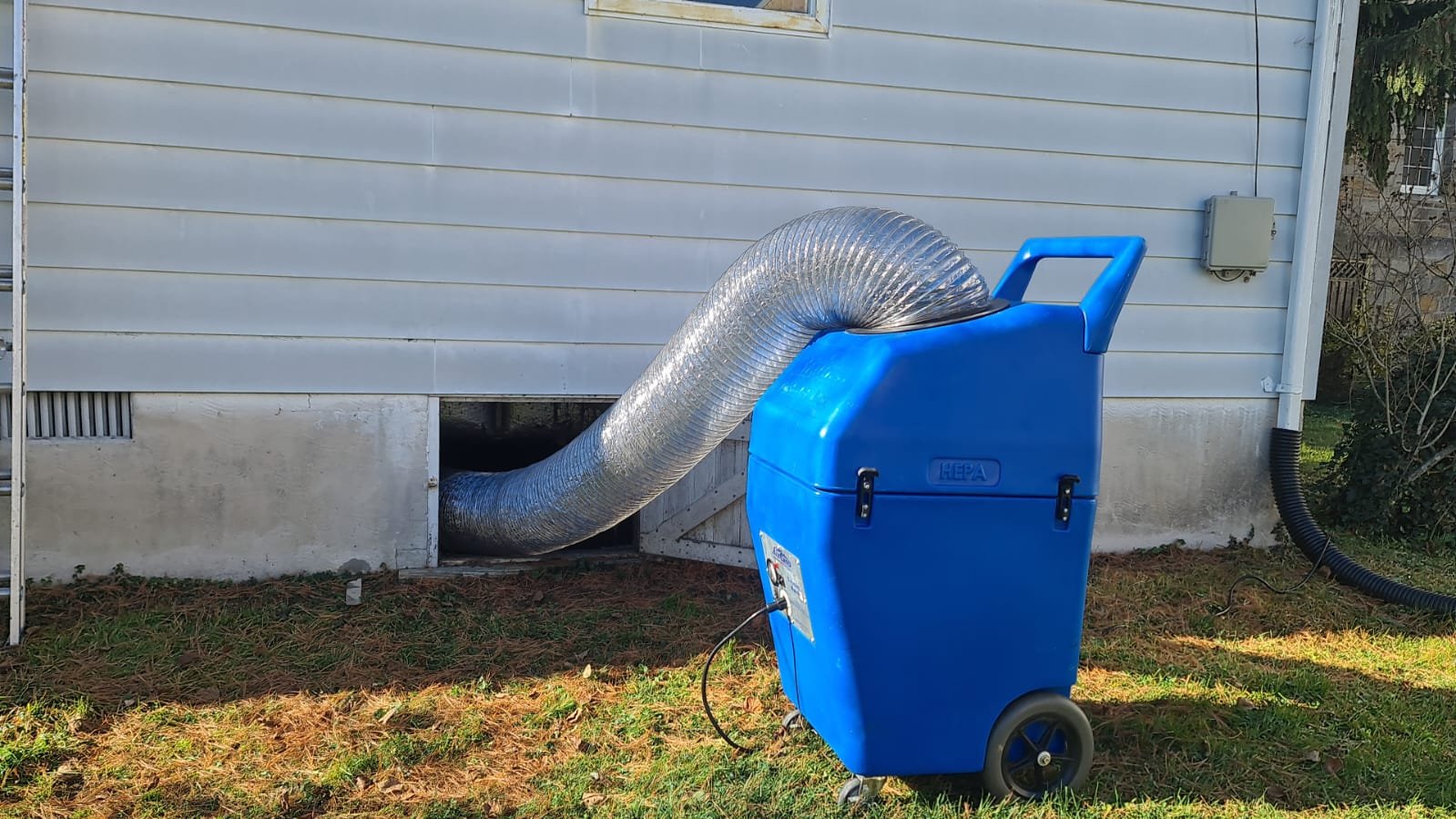
The Impact of Home Renovation Dust on Your Duct System: A Timeline of Accumulation
Home renovations can transform your living space into something spectacular, but they also create an invisible challenge: the progressive accumulation of construction dust in your duct system. Understanding this timeline of accumulation can help you protect your HVAC system and maintain healthy indoor air quality during and after renovations.
Day 1-7: The Initial Dust Storm
The first week of renovations sets the stage for dust accumulation in your duct system. Different renovation activities create distinct types of dust:
Drywall Work
Fine gypsum particles become airborne and can travel through the smallest openings
These particles are so light they can remain suspended in air for hours
Within just 24 hours, a thin layer of white dust can settle in your ducts
Sanding Activities
Wood dust from floor refinishing creates larger particles
Paint preparation sanding generates medium-sized particles
These heavier particles typically settle in the first few feet of ductwork
Initial Impact on Your System
Dust begins collecting on vent covers
Return air grilles show the first signs of accumulation
Filter loading increases by up to 50% compared to normal conditions
Weeks 2-3: The Hidden Build-Up Phase
As renovation continues, dust accumulation becomes more systematic:
Pattern of Accumulation
Horizontal ducts collect more dust than vertical runs
Corners and turns in ductwork become collection points
Supply vents furthest from the HVAC unit show less immediate accumulation
Types of Materials Accumulating
Concrete dust from any foundation work
Fiberglass particles from insulation installation
Metal shavings from ductwork modifications or plumbing work
Month 1: The Compound Effect
After a month of renovation activity, the impact becomes more significant:
System Performance Changes
Airflow may decrease by 20-30%
Energy bills might increase by 15%
Temperature distribution becomes less even
Problem Areas Develop
Flex ducts show more accumulation than rigid ducts
Low-lying return vents collect more debris
Air handler components begin showing dust build-up
Long-Term Impact: 3-6 Months Post-Renovation
The effects of renovation dust continue long after the project ends:
Persistent Issues
Dust continues to circulate through the system
Filter replacement frequency remains higher than normal
Some rooms may show persistent dust accumulation
System Stress Indicators
Increased wear on HVAC components
Higher energy consumption
Potential reduction in indoor air quality
Prevention and Protection Strategies
Before Renovation
Seal off vents in construction areas with proper materials:
Use professional-grade vent covers
Apply temporary filters to return air grilles
Consider installing additional pre-filters
Create negative pressure in work areas:
Use window fans to exhaust dust
Set up containment barriers
Consider renting air scrubbers
During Renovation
Maintain a strict cleaning schedule:
Daily vacuum with HEPA-filtered equipment
Wipe down surfaces regularly
Empty vacuum bags outside
Monitor system performance:
Check filters daily
Watch for unusual dust accumulation
Monitor airflow at vents
After Renovation
Professional cleaning sequence:
Complete system inspection
Mechanical cleaning of all ductwork
Sanitization if necessary
Filter replacement
Ongoing maintenance:
More frequent filter changes for 3-6 months
Regular duct inspection
Air quality testing if concerned
Real-World Accumulation Examples
Kitchen Remodel
Week 1: Cabinet removal creates sawdust and debris
Week 2: Drywall repair adds fine particle dust
Week 3: New cabinet installation creates wood dust
Week 4: Final sanding and painting adds more fine particles
Bathroom Renovation
Day 1-3: Tile removal creates heavy debris
Day 4-7: Plumbing work adds metal particles
Week 2: New tile installation creates ceramic dust
Week 3: Grouting and finishing work adds fine particles
The Science Behind the Solution
Understanding dust accumulation patterns helps in developing effective cleaning strategies:
Particle Size Matters
Larger particles (>10 microns) settle quickly
Medium particles (2.5-10 microns) travel further in ducts
Fine particles (<2.5 microns) can remain airborne longest
Air Flow Patterns
Turbulent areas collect more dust
Straight runs show less accumulation
Temperature differences affect particle settlement
Conclusion
Renovation dust accumulation in your duct system is a complex process that occurs over time. By understanding this timeline, you can:
Plan appropriate protection measures
Schedule necessary cleaning services
Maintain better indoor air quality during and after renovation
Protect your HVAC system's efficiency and longevity
Remember, proper duct maintenance during and after renovations isn't just about cleanliness – it's an investment in your home's air quality and your HVAC system's longevity.
